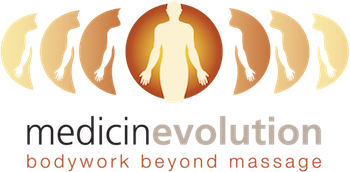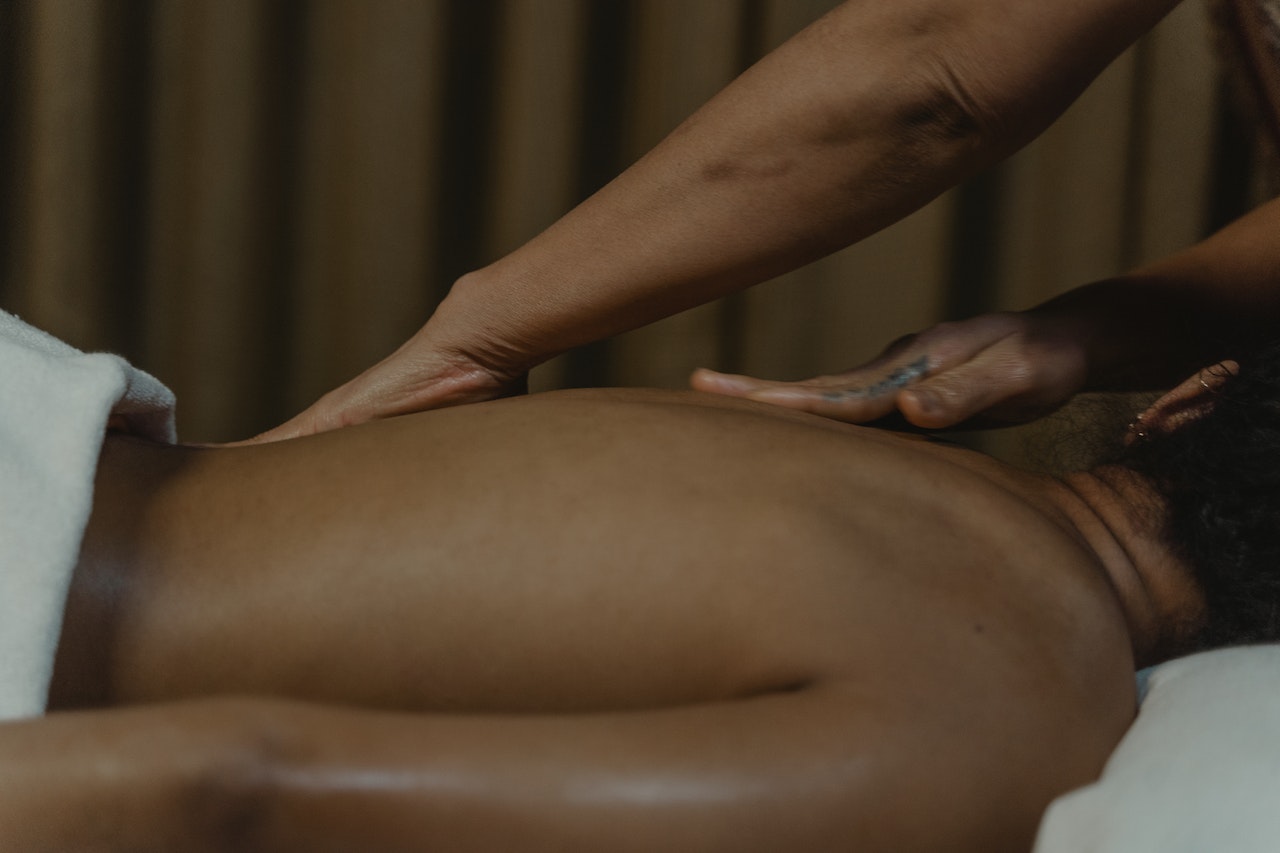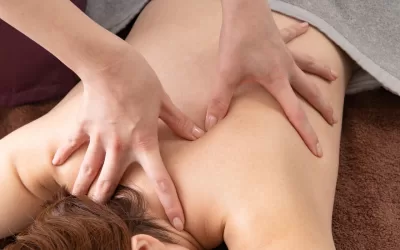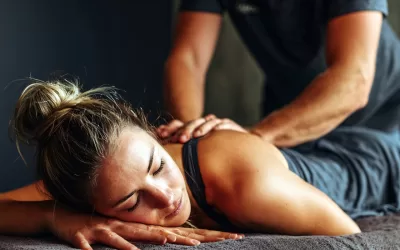A massage is a great way to relax and rejuvenate your body, but sometimes you may experience soreness after a massage. This can be caused by a number of things, such as muscle tension, knots, or poor technique. In this article, we will discuss the 5 most common causes of soreness after a massage, as well as some tips on how to prevent it.
1. Muscle tension: This is one of the most common causes of soreness after a massage. When your muscles are tense, they can become tight and uncomfortable. This can be caused by stress, poor posture, or overuse.
2. Knots: knots are another common cause of soreness after a massage. These are usually caused by muscle tension or trigger points. Trigger points are areas of muscle that have been overloaded or injured, which can cause pain and stiffness.
3. Poor technique: If your massage therapist uses too much pressure or doesn’t use the right techniques, you may end up feeling sore afterward. Be sure to communicate with your therapist if you feel discomfort during the massage so that they can adjust their technique accordingly.
4. Overuse: If you receive massages too frequently, your muscles may become overloaded and start to feel sore. It’s important to give your body time to recover between massages.
5. Dehydration: Dehydration can also cause soreness after a massage. When your body is dehydrated, your muscles can’t function properly and may feel painful or stiff. Be sure to drink plenty of water before and after your massage to avoid this problem.
If you experience soreness after a massage, don’t worry – it’s normal! Just be sure to drink plenty of water and give your body time to recover. If the soreness persists, consult with your doctor or massage therapist. They will be able to determine the cause of the problem and provide you with relief. Thanks for reading! 5 Reasons You Get Soreness After a Massage!
Tips to Prevent Soreness After a Massage
- Drink plenty of water. This is the most important thing you can do to prevent soreness after a massage. The massage therapist will likely tell you to drink lots of water after your session, and for good reason. Water helps to flush out the toxins that are released from your muscles during the massage. So drink up!
- Stretch before and after your massage. Stretching before your massage will help warm up your muscles and prepare them for the work they’re about to receive. Stretching after your massage will help lengthen the muscles that were shortened during the massage. Both of these things will help reduce soreness afterward.
- Choose the right type of massage for your needs. There are many different types of massages, and not all of them are appropriate for everyone. If you’re feeling sore after a massage, it’s possible that you chose the wrong type of massage for your body or your level of activity. Talk to your massage therapist about which type of massage would be best for you.
- Don’t forget to breathe. It sounds simple, but it’s easy to hold your breath during a massage, especially if the pressure is deep. Remember to breathe deeply and evenly throughout the entire session. This will help keep your muscles from tensing up and will also help you relax.
- Be sure to communicate with your therapist. If at any point during the massage you start to feel pain, discomfort, or anything else that doesn’t feel right, be sure to let your therapist know. It’s possible that they need to adjust the pressure or the technique they’re using. Don’t be afraid to speak up!
By following these tips, you can help prevent soreness after a massage and feel great afterward. So don’t let soreness keep you from enjoying the benefits of massage therapy.
Although massage is a great way to help your body recover from strenuous activity, it’s not uncommon to experience some soreness afterward. Thankfully, there are ways to prevent this soreness and make the most of your massage therapy session. By following these simple tips, you can enjoy all the benefits of massage without any of the post-massage pain. Have you tried any of these tips? What works best for you?
5 Surprising Reasons Your Muscles Ache and How to Recover Faster [2025 Update]
1. Deep Tissue Disruption: Your Muscles Are in Repair Mode
Ever wonder why a deep tissue massage leaves you feeling like you just did an intense workout? That’s because, in a way, you did. When a massage therapist applies deep pressure, it creates micro-tears in muscle fibers—just like strength training. This controlled muscle stress triggers your body’s repair process, leading to inflammation and soreness. But don’t worry—this is a good thing. A 2025 study on athletic recovery found that post-massage soreness is a sign of increased blood flow and enhanced muscle adaptation, making future sessions even more beneficial.
2. Toxin Flush: Your Body Is Detoxing Fast
Massage boosts circulation, helping flush out metabolic waste like lactic acid and carbon dioxide. But here’s the catch—your body can get overwhelmed if toxins are released too quickly. This sudden detox can leave you feeling sore, fatigued, or even slightly nauseous. Hydration is key! Research shows that drinking at least 20 ounces of water post-massage can speed up waste elimination and cut soreness by nearly 35%. Want to avoid that sluggish, post-massage haze? Keep a bottle of water handy.
3. Nervous System Overload: Sensory Shock in High Gear
Your nervous system is wired to detect deep pressure, stretching, and manipulation—so when a massage goes beyond your comfort zone, pain receptors go on high alert. This heightened sensitivity can make muscles feel sore, even if they weren’t injured. New research in neuromuscular response (2025) reveals that post-massage soreness is more common in those with high stress levels, as their nervous system stays in a heightened state of tension. Deep breathing and progressive relaxation post-massage can help recalibrate your body’s pain perception and speed up recovery.
4. Fascial Release: Your Connective Tissues Are Adjusting
Massage doesn’t just target muscles—it also works on fascia, the web-like connective tissue surrounding them. Fascia can become tight and restrictive over time, causing stiffness and discomfort. When a therapist stretches and manipulates this tissue, it can create soreness as your body adjusts to its newfound mobility. A 2025 study on myofascial release found that soreness peaks 24 hours post-massage and can last up to 48 hours, but gentle stretching and heat therapy can reduce discomfort by 50%.
5. Your Muscles Were Tight—And Now They’re Not
Tight muscles don’t always like being forced to relax. When tension builds up over time, your body adapts to it, even if it’s not in your best interest. A firm massage essentially forces contracted muscles to let go, which can feel uncomfortable as your body recalibrates. If you’ve ever had a knot worked out and felt soreness the next day, this is why. The best way to reduce this reaction? Regular massages. Studies show that consistent massage therapy reduces post-session soreness by 60% over time, as muscles become more adaptable to manipulation.
Are You an Athlete Experiencing Pain But Don’t Know Where to Turn for Help?
Beyond Ergonomics gives athletes and desk professionals answers to their pain problems. Body imbalances, repetitive use, and lack of movement are the cause of many injuries and pain. Beyond Ergonomics helps you discover your imbalances and create change. MedicinEvolution’s purpose is to reduce pain and other symptoms that you haven’t had luck with. MedicinEvolution Bodywork Beyond Massage is the solution for many problems plaguing your body. Make your appointment today!






